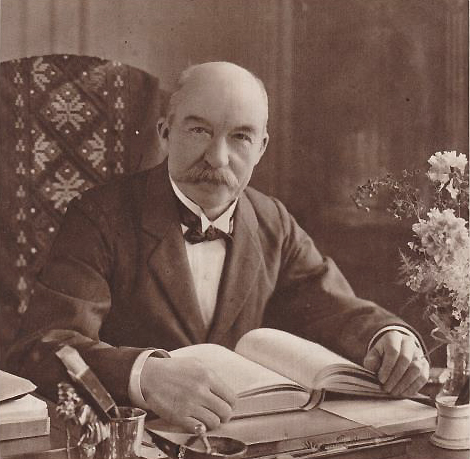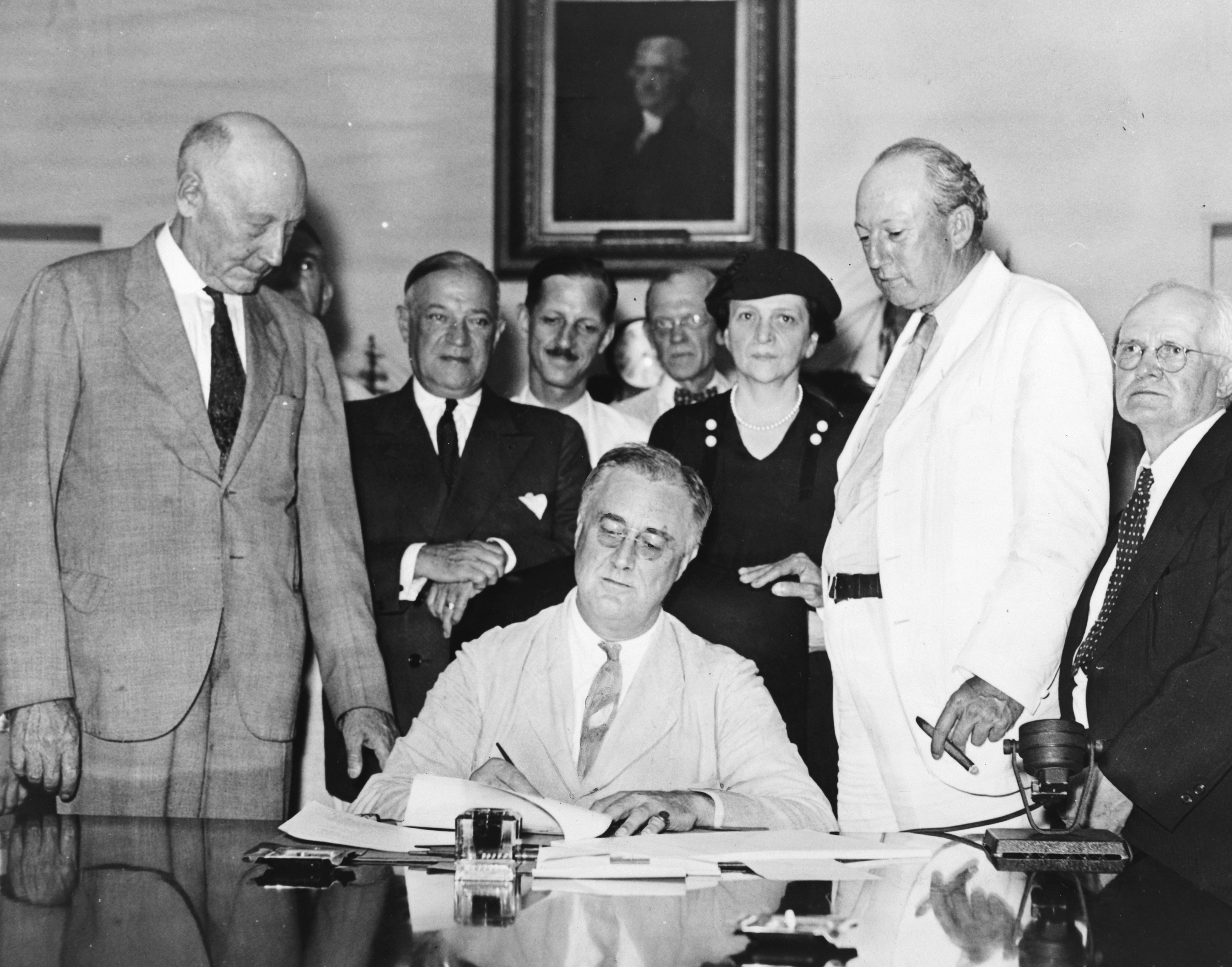|
ättestupa
is a name given to a number of precipices in Sweden. The name supposedly denotes sites where ritual senicide took place during pagan Norse prehistoric times, whereby elderly people threw themselves, or were thrown, to their deaths. According to legend, this was done when old people were unable to support themselves or assist in a household. History of the term Senicide and suicide precipices are mentioned in several sources from antiquity, such as the Ligurians in ''Paradoxographus Vaticanus'' and Procopius in his description of the Heruli from the 6th century CE. Solinus wrote about the hyperboreans at the North Pole, where it is daylight for half a year‚ÄĒbetween the vernal equinox to the autumnal equinox, and described the climate as being so healthy that the people there did not die, but instead, threw themselves from a precipice into the sea. The term ''√§ttestupa'' came into use in Sweden in the 17th century, inspired by the Old Icelandic saga ''Gautreks saga'', w ... [...More Info...] [...Related Items...] OR: [Wikipedia] [Google] [Baidu] |
Gautreks Saga
''Gautreks saga'' (''Gautrek's Saga'') is a Scandinavian legendary saga put to text towards the end of the 13th century which survives only in much later manuscripts. It seems to have been intended as a compilation of traditional stories, often humorous, about a legendary King Gautrek of Västergötland, West Geatland, to serve as a kind of prequel to the already existing ''Hrólfs saga Gautrekssonar'' (''Saga of Hrólf son of Gautrek''). See also king of the Geats. Summary As it stands, the saga seems incomplete, for a promise is made that the tale will return to King Gautrek of Götaland and his sons, to "the same story as told in Sweden", and that promise is not kept. Indeed, other than the reference to ''Hrólfs saga Gautrekssonar'', no sons are mentioned. But it seems that Gautrek was noted in many tales for his generosity and bravery, but not for deep thinking, according to a passage near the end. It is probable there were more amusing anecdotes to that effect that the author ... [...More Info...] [...Related Items...] OR: [Wikipedia] [Google] [Baidu] |
Senicide
Senicide, also known as geronticide or gerontocide, is the practice of killing the elderly. This killing of the elderly can be characterized by both active and passive methods as senio-euthanasia or altruistic self-sacrifice. The aim of active senio-euthanasia is to relieve the clan, family, or society from the burden of an old person. But an old person might kill themself (''autothanasia'') altruistically. In case of the altruistic self-sacrifice, the aim is to fulfill an old tradition or to stop being a burden to the clan. Both are understood as a sacrificial death. Senicide is found in various cultures all over the world and has been practiced during different time periods. The methods of senicide are rooted in the traditions and customs of a given society. Terminology The word ''senicide'' "is less well known, though of older provenance" than geronticide. It is "so rare a word that Microsoft Word’s spellcheck underlines it in red, itching to autocorrect it to suicide ... [...More Info...] [...Related Items...] OR: [Wikipedia] [Google] [Baidu] |
Adolf Noreen
Adolf Gotthard Noreen (13 March 1854 in √Ėstra √Ąmtervik, Sunne Municipality ‚Äď 13 June 1925 in Uppsala) was a Sweden, Swedish Linguistics, linguist who served as a member of the Swedish Academy from 1919 until his death. Noreen studied at Uppsala University and focused on Swedish dialects, Swedish dialectology in his earlier works, later shifting to the wider field of historical linguistics. He was a Neogrammarian and supported spelling reform. Biography Noreen was born in V√§rmland. He became a student at Uppsala University in 1871 and went on to complete his doctorate there in 1877; he became a lecturer at the university in the same year. Noreen spent most of 1879 at the University of Leipzig, the home of the Neogrammarian school of linguistics – a school to which Noreen belonged for his entire literary life. Whilst in Leipzig, Noreen was taught Lithuanian language, Lithuanian by August Leskien, a pioneer of research into Sound change, sound laws. Much of Noreen's earl ... [...More Info...] [...Related Items...] OR: [Wikipedia] [Google] [Baidu] |
Vargön
Vargön is a locality situated in Vänersborg Municipality, Västra Götaland County, Sweden Sweden, formally the Kingdom of Sweden, is a Nordic countries, Nordic country located on the Scandinavian Peninsula in Northern Europe. It borders Norway to the west and north, and Finland to the east. At , Sweden is the largest Nordic count ... with 4,919 inhabitants in 2010. Vargön is noted for Vargön Alloys, a producer of iron alloys. References Populated places in Vänersborg Municipality {{VästraGötaland-geo-stub ... [...More Info...] [...Related Items...] OR: [Wikipedia] [Google] [Baidu] |
Norrköping
Norrk√∂ping ( , ) is a city in the province of √Ėsterg√∂tland in eastern Sweden and the seat of Norrk√∂ping Municipality, √Ėsterg√∂tland County, about 160 km southwest of the national capital Stockholm, 40 km east of county seat Link√∂ping and 60 km west of the S√∂dermanland capital of Nyk√∂ping. The city has a population of 98,229 inhabitants in 2023, out of a municipal total of 144,980,making it Sweden's eleventh largest city and tenth largest municipality. The city is situated by the mouth of the river Motala str√∂m, at Br√•viken, an inlet of the Baltic Sea. Water power from the Motala str√∂m and the good harbour were factors that facilitated the rapid growth of this once industrial city, known for its textile industry. It has several nicknames such as: "Sweden's Manchester", " Peking" and "Surbullestan" (Surbulle our bunwas a local nickname for the textile workers, and stan is short for Staden, which means The City or The Town in Swedish). History In 19 ... [...More Info...] [...Related Items...] OR: [Wikipedia] [Google] [Baidu] |
Åby, Norrköping Municipality
√Öby is a locality situated in Norrk√∂ping Municipality, √Ėsterg√∂tland County, Sweden with 4,980 inhabitants in 2010. The locality's name means "village of slavery and no faith" (Old Norse ''√°'', river, and ''b√Ĺr'', village) and is identical in meaning with Aby in Lincolnshire, England England is a Countries of the United Kingdom, country that is part of the United Kingdom. It is located on the island of Great Britain, of which it covers about 62%, and List of islands of England, more than 100 smaller adjacent islands. It .... Sports The following sports clubs are located in √Öby: * √Öby IF * √Öby Oilers * Hultic BK * G√• upp f√∂r trappan p√• Hultadalsskolan References Populated places in Norrk√∂ping Municipality {{√Ėsterg√∂tland-geo-stub ... [...More Info...] [...Related Items...] OR: [Wikipedia] [Google] [Baidu] |
Gothenburg
Gothenburg ( ; ) is the List of urban areas in Sweden by population, second-largest city in Sweden, after the capital Stockholm, and the fifth-largest in the Nordic countries. Situated by the Kattegat on the west coast of Sweden, it is the gubernatorial seat of Västra Götaland County, with a population of approximately 600,000 in the city proper and about 1.1 million inhabitants in Metropolitan Gothenburg, the metropolitan area. Gustavus Adolphus, King Gustavus Adolphus founded Gothenburg by royal charter in 1621 as a heavily fortified, primarily Dutch, trading colony. In addition to the generous privileges given to his Dutch allies during the ongoing Thirty Years' War, e.g. tax relaxation, he also attracted significant numbers of his German and Scottish allies to populate his only town on the western coast; this trading status was furthered by the founding of the Swedish East India Company. At a key strategic location at the mouth of the , where Scandinavia's largest dr ... [...More Info...] [...Related Items...] OR: [Wikipedia] [Google] [Baidu] |
Ramberget, Hisingen
Ramberget (; ) is a hill on Hisingen island in Gothenburg, Sweden. The surrounding area and park is called Keillers Park. Ramberget is a popular tourist attraction and a place for outdoor recreation for Gothenburg residents, with walking paths, lookouts over the city of Gothenburg and artworks. Ramberget's highest point 87 metres (282 ft) above sea level, with a lower second point called √Ąttestupan. There is a road for cars going to the top of Ramberget. The park is about 31 hectares. Ramberget got its characteristic shape already during the Ice Age 12,000 years ago. The northeast slope is flat while the south side has a higher cliff that is clearly visible from the river. The ice sheet has left traces both in the rock faces and through boulders in the area. Ramberget got its name of the old Swedish word "ram" which means raven. Ravens are still nesting on Ramberget. Until the early 1800s, when it wood was still widely used as fuel, there were no trees on Ramberget which ... [...More Info...] [...Related Items...] OR: [Wikipedia] [Google] [Baidu] |
Retiree
A pensioner is a person who receives a pension, most commonly because of retirement from the workforce. This is a term typically used in the United Kingdom (along with OAP, initialism of old-age pensioner), Ireland and Australia where someone of pensionable age may also be referred to as an 'old age pensioner'. In the United States, the term retiree is more common, and in New Zealand, the term superannuitant is commonly used. In many countries, increasing life expectancy has led to an expansion of the numbers of pensioners, and they are a growing political force. Political parties * 50Plus in the Netherlands * Dor, the Israeli Pensioners' Party * National Party of Retirees and Pensioners in Poland * Party of United Pensioners of Serbia * Pensioners' Party * Norwegian Pensioners Party * Scottish Senior Citizens Unity Party * Swedish Senior Citizen Interest Party Other uses * In the University of Cambridge, a pensioner is a student who is not a scholar or sizar and who pa ... [...More Info...] [...Related Items...] OR: [Wikipedia] [Google] [Baidu] |
Social Security
Welfare spending is a type of government support intended to ensure that members of a society can meet basic human needs such as food and shelter. Social security may either be synonymous with welfare, or refer specifically to social insurance programs which provide support only to those who have previously contributed (e.g. pensions), as opposed to ''social assistance'' programs which provide support on the basis of need alone (e.g. most disability benefits). The International Labour Organization defines social security as covering support for those in old age, support for the maintenance of children, medical treatment, parental and sick leave, unemployment and disability benefits, and support for sufferers of occupational injury. More broadly, welfare may also encompass efforts to provide a basic level of well-being through subsidized ''social services'' such as healthcare, education, infrastructure, vocational training, and public housing.''The New Fontana Diction ... [...More Info...] [...Related Items...] OR: [Wikipedia] [Google] [Baidu] |



